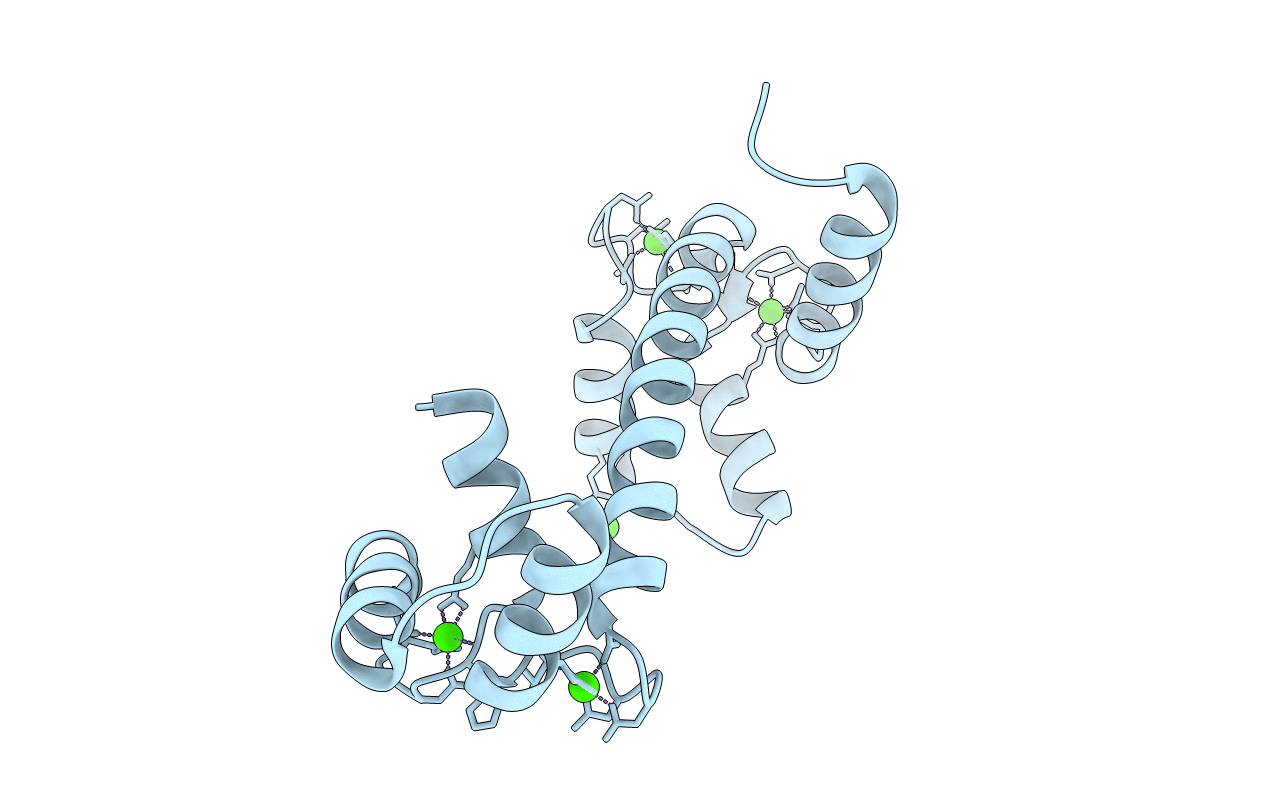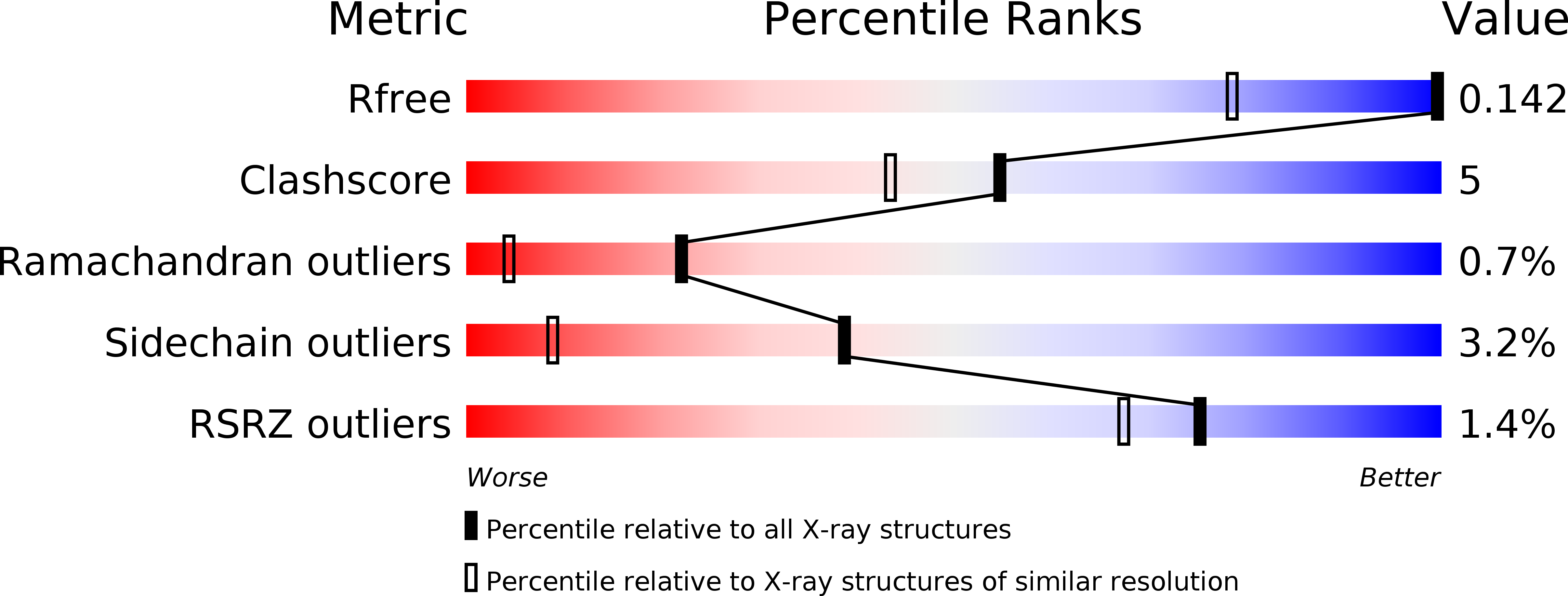
Deposition Date
2000-05-03
Release Date
2000-09-20
Last Version Date
2024-04-03
Entry Detail
PDB ID:
1EXR
Keywords:
Title:
THE 1.0 ANGSTROM CRYSTAL STRUCTURE OF CA+2 BOUND CALMODULIN
Biological Source:
Source Organism:
Paramecium tetraurelia (Taxon ID: 5888)
Host Organism:
Method Details:
Experimental Method:
Resolution:
1.00 Å
R-Value Free:
0.16
R-Value Observed:
0.13
Space Group:
P 1


